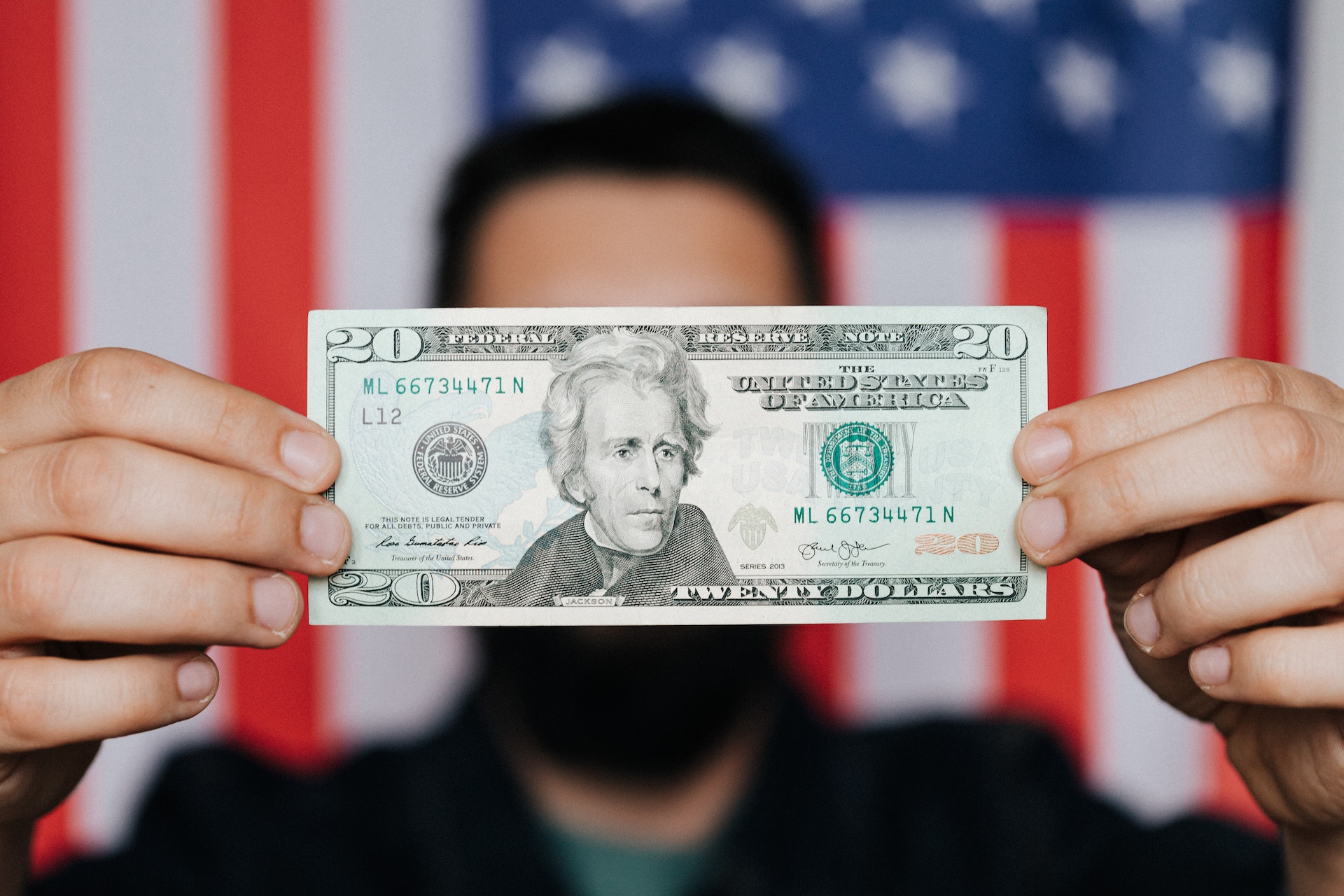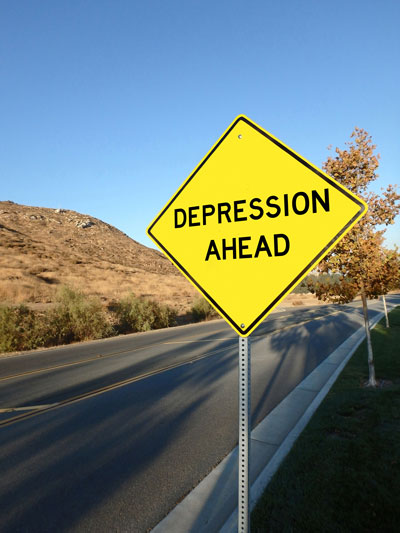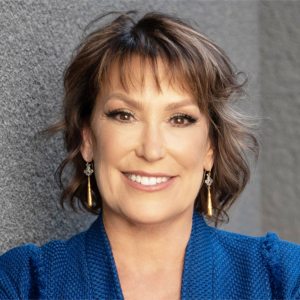
Many student loan borrowers are asking, “Does the SAVE Repayment Plan actually save borrowers money?” The short answer is likely “no.” Let’s look at what is going on.
While the Biden-Harris Administration is running victory laps as seen in their September 5, 2023, Press Release1 titled, “Biden-Harris Administration Announces More Than 4 Million Student Loan Borrowers Are Enrolled in the New SAVE Plan”, people who understand the benefits and consequences of student loan repayment and interest accrual are shaking their heads.
Income-Driven Repayment Programs
First, let’s look at the history of income-driven student loan repayment (IDR) programs. The first IDR program was introduced in 1994 and named the IBR (Income Based Repayment) Plan and allowed borrowers to pay no more than 15% of their discretionary income. While there were some modifications to the program over the years, it stayed relatively the same until 2011.
 In 2011 after eliminating private lending participants from the federal student loan program, President Barack Obama announced the PAYE (Pay As You Earn) repayment plan that provided borrowers with a cap on payments of 10% of their discretionary income. In 2014, Obama announced modifications to the PAYE Plan that allowed all borrowers to apply, and it was renamed the REPAYE (Revised Pay As You Earn) Plan.
In 2011 after eliminating private lending participants from the federal student loan program, President Barack Obama announced the PAYE (Pay As You Earn) repayment plan that provided borrowers with a cap on payments of 10% of their discretionary income. In 2014, Obama announced modifications to the PAYE Plan that allowed all borrowers to apply, and it was renamed the REPAYE (Revised Pay As You Earn) Plan.
The “Saving on A Valuable Education” or SAVE Plan2 is the REPAYE Plan renamed with a few changes. It primarily expands the plan to all federal direct student loan borrowers and will eliminate accrued and unpaid interest from being capitalized.
On July 1, 2024, the SAVE program will reduce payments from 10% to 5% of discretionary income for undergraduate loans. If a borrower has both undergraduate and graduate loans, the interest is calculated with a weighted average. For those with original student loan balances of $12,000 or less, the debt is forgiven after 10 years of payments. For each additional original student loan borrowed, one year of payments will be added before the borrower qualifies for loan forgiveness.
The U.S. Department of Education (ED) information about SAVE states, “Borrowers currently enrolled in the REPAYE Plan will see their monthly payments automatically adjusted to the new SAVE Plan before payments restart.” The majority of 4 million student loan borrowers enrolled in the SAVE Plan are those adjusted from the REPAYE Plan.
ED also states, “Most borrowers who apply for the SAVE Plan by mid-August will have their new monthly payment amount reflected in the billing statement sent to them in September for their first payment in October.” Since the beta test of the SAVE Plan application was not publicly available until August 15, 2023, the promise of these plans being in place by the first payment due date is questionable.
After “applying for” the SAVE program, the borrower is given information on all repayment plans available and is told which programs he or she is qualified for. If the borrower qualifies for more than one program, there is no guidance for which program best fits the short- and long-term financial goals of the borrowers.
Federal servicers laid off most of their staff during the “payment pause” period that began in March 2020 and continued until September 1, 2023. Staffing shortages are causing hours of hold times if the borrowers ever speak to a live representative. With 43 million borrowers entering repayment at the same time, this is a catastrophic concern for most student loan borrowers.
Post-pandemic Pandemonium
Borrowers’ first payments are due in one month and few have acted toward securing a repayment plan or preparing for payments. Let’s break this down.
- There are approximately 43 million student loan borrowers.
- 4 million borrowers are enrolled in the SAVE Plan and most of these borrowers were automatically enrolled in the REPAYE Plan.
- 1.6 million borrowers have applied for the IDR plans since July 30, 2023, and nearly one million of those applications are for the SAVE Plan. The SAVE application tells borrowers what they qualify for and does not give them directions on accepting the best plan for the borrower. Most borrowers stop after receiving the information, so this does not mean they are enrolled in a repayment plan.
- 804,000 FFELP borrowers have been paying 20 to 25 years on their loans and qualify for loan forgiveness. These are the federal student loans made by private lenders, the government is making little to no interest (profit) on the loans, and the borrowers will have tax consequences for debt forgiven.
- 491,000 borrowers qualify for total and permanent disability when improvements in electronically processing the applications made during the Trump Administration went into effect in September 2021.
- 1.3 million borrowers qualified for school closure student loan forgiveness. The criteria for closed school discharges have existed for decades and most of the schools involved in this forgiveness closed during the Obama Administration. Some of the claims were paid in recent years.
These add up to a total of 8,195,000 borrowers out of 43 million entering repayment or less than 20% of student loan borrowers and the payments are due in October 2023. While the interest began accruing on September 1, 2023, most borrowers have not acted to begin making payments.
This is not a good situation for borrowers, the colleges they attended, and taxpayers. This is consistent with what experts are predicting – that delinquent rates will be more than 70% when the loans become due.
Misunderstanding Interest Accrual, Capitalization, Loan Forgiveness, and Repayment Plans
These programs create situations where 100% of the loan payments are interest which is profit to the government. Next to the IRS, student loans are the largest source of revenue for the government. The money goes into the General Fund and not back into education.
 While these IDR plans lowered payments for many borrowers, they also created payments of interest only or negative amortization where the payment is less than the interest that is accruing. For many borrowers, years of payments have not reduced their loan debt. In fact, many have loan debt higher than when they left school. When these loans are “forgiven” after 20 to 25 years of payments, the amount forgiven is reported to the Internal Revenue Service (IRS) as income and the borrower must pay all relevant taxes. When a borrower has not paid down a loan in 20 to 25 years, it is completely unrealistic to expect a one-time payment to the IRS.
While these IDR plans lowered payments for many borrowers, they also created payments of interest only or negative amortization where the payment is less than the interest that is accruing. For many borrowers, years of payments have not reduced their loan debt. In fact, many have loan debt higher than when they left school. When these loans are “forgiven” after 20 to 25 years of payments, the amount forgiven is reported to the Internal Revenue Service (IRS) as income and the borrower must pay all relevant taxes. When a borrower has not paid down a loan in 20 to 25 years, it is completely unrealistic to expect a one-time payment to the IRS.
Most student loan borrowers lack an understanding of how interest accrues and the consequences of compounding interest. In a recent survey completed by Champion Empowerment Institute3 titled, “Student Loan Payment Pause Survey.” Borrowers overwhelmingly rated the lack of knowledge about how interest accrues and is compounded or added to the principal balance when not paid as their top concern. They also said they wish they had known more before taking the loans out because they would have borrowed less. This is consistent with other surveys that Champion has conducted.
Borrowers who understand interest accrual and capitalization choose more traditional repayment plans like the “Standard Repayment” and “Extended Repayment” Plans where the loan payments are consistent, and the loans are paid in a reasonable amount of time with no tax liabilities.
To Pay or Not to Pay
Biden’s 12-month “on-ramp” to repayment plan4 will disincentivize borrowers from making payments by taking away consequences for delinquencies and defaults until after September 30, 2024. The lack of public data tied to no reporting will mask the avalanche of delinquencies and defaults that will become publicly known in October or November of 2024 and will likely be pushed to after the election.
Meanwhile, the interest began accruing on September 1, 2023, and borrowers have few if any good answers. Delaying repayment will not make the debt go away. It is a ticking time bomb that will eventually explode.
The best advice for borrowers is to begin repayment in a repayment plan with consistent payment amounts so that your loan pays off earlier. If additional payments toward the principal balance can be made, make them! The loans will be paid even sooner, the borrower will have good credit and will be prepared to move forward with buying a home, having a family, and many other personal goals that are often delayed because of student loan debt. Financial freedom is not easy however it is very worthwhile.
About Mary Lyn Hammer

Ms. Mary Lyn Hammer’s belief that education is the vehicle for making dreams come true has led her into a passionate fight that began in 1987, rectifying problems in the higher education industry to ensure future participation for all students. She is the President and CEO of Champion Col-EDGE Solutions, Champion Empowerment Institute, and Champion for Success to support students’ successes.
Ms. Hammer co-authored many federal higher education laws and regulations since 1988 including the original default prevention language in “Appendix D” that still exists in “Subpart M and Subpart N” of the Federal Register regarding student loan default management.
In 2016, Ms. Hammer published Injustice for All, documenting the corruption and decline of our education system. This report details evidence turned over to Congress about data and reporting manipulation by the U.S. Department of Education. Effective July 1, 2019, nearly 1,000 pages of gainful employment federal regulations were removed based on this evidence.
Her accomplishments include 36 years of presentations, awards, and Board positions with state, regional, and national higher education associations and organizations in addition to national and international business organizations. She actively supports programs for scholarships and awards to support equal access to quality higher education for all students.
Reference
[1] Biden-Harris Administration Announces More Than 4 Million Student Loan Borrowers Are Enrolled in the New SAVE Plan | U.S. Department of Education
[2] SAVE Repayment Plan Offers Lower Monthly Loan Payments | Federal Student Aid
[3] https://championempowerment.com/covid-pause-survey/
[4] FACT SHEET: President Biden Announces New Actions to Provide Debt Relief and Support for Student Loan Borrowers | U.S. Department of Education